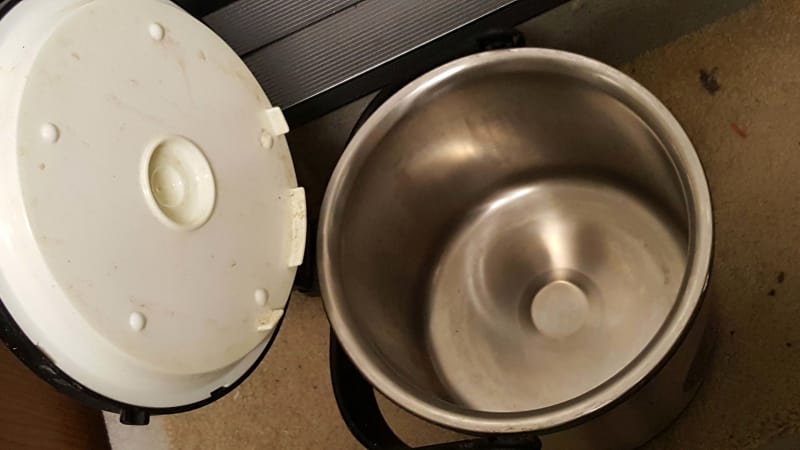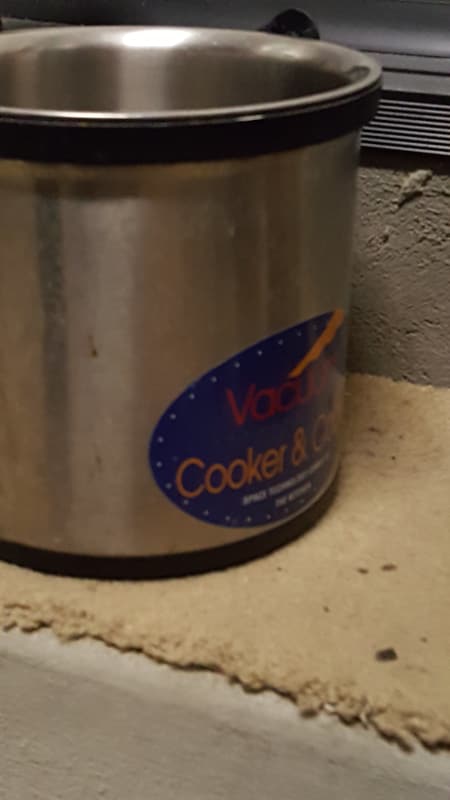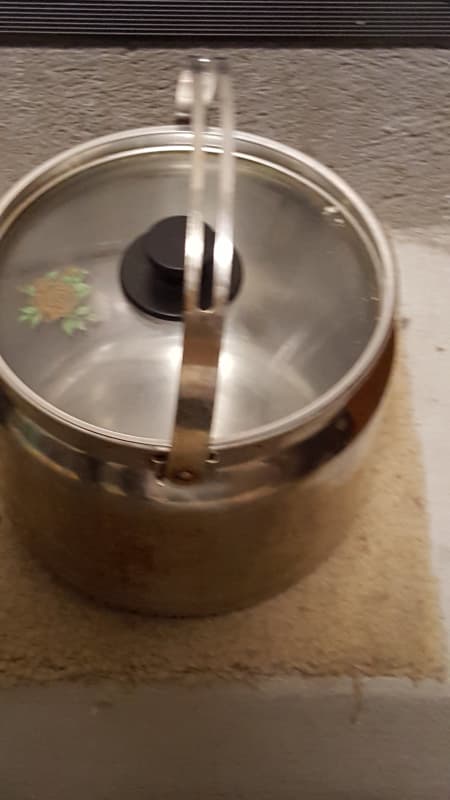Stephen Nuchia
Electrical
Hi, I'm working up a new prototype of a heat storage stove. I'm looking at some "boiler blanket" insulation material that is some kind of high-temp fiber matrix with aerogel embedded in it. Details are alibaba-obscure. Anyway, they provide a thermal conductivity versus temperature curve that I can live with, if I'm applying it correctly. That is, I calculate the surface area of the heat storage cell and the temperature difference, assume the blanket at rated thickness is handling the entire delta-T, and make the simplifying assumption that the wedge geometry is irrelevant (1 inch blanket on a 10-inch cylinder, say).
My question is, what pragmatic factors should I be considering for an application like this? The entire design is on the cusp of economic impracticality and I'd like to get the insulation system cost nailed down in as few iterations as possible so a little help from someone with real experience would be appreciated.
My question is, what pragmatic factors should I be considering for an application like this? The entire design is on the cusp of economic impracticality and I'd like to get the insulation system cost nailed down in as few iterations as possible so a little help from someone with real experience would be appreciated.



